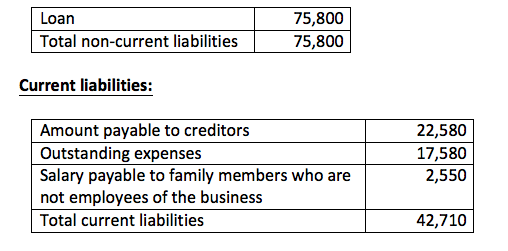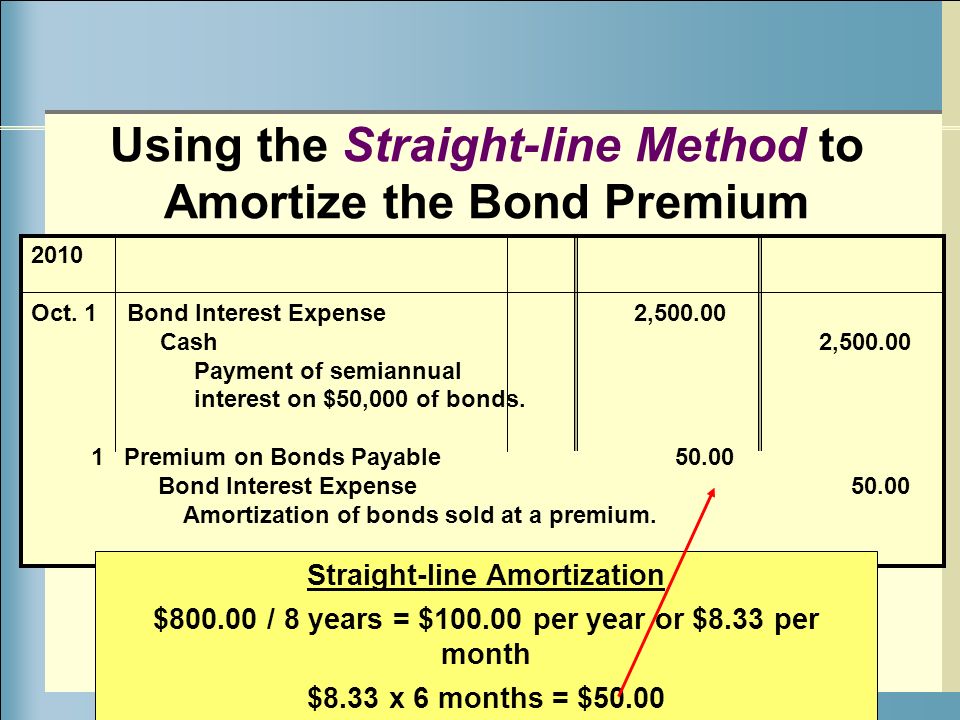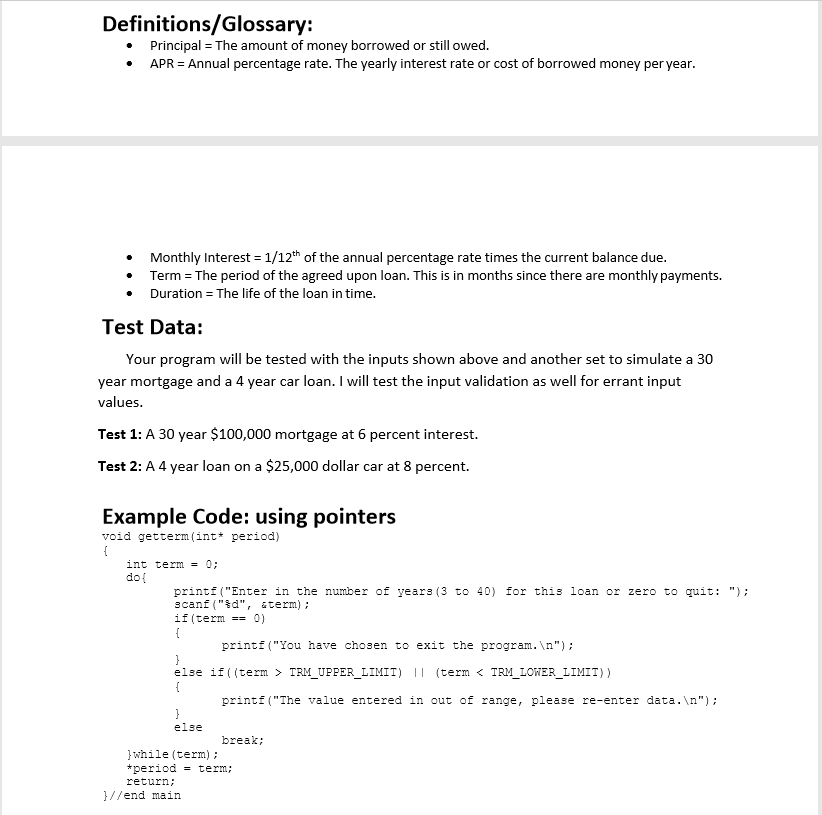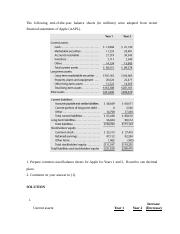It also makes it easier for them to see what the most current financial information is. All accounting entries should be reported during relevant time periods. Business moves fast, and many companies rely on in-progress projects and income to meet goals. But even if this applies to your business, How to Start Your Own Bookkeeping Startup continue to maintain accurate and timely records. In accounting terms, profit — or the “bottom line” — is the difference between your income, COGS, and expenses (including operating, interest, and depreciation expenses). Accruals are credits and debts that you’ve recorded but not yet fulfilled.
It’s important for business owners to adhere to accounting principles as well since it will help you keep better records of your expenses and revenue. This will, in turn, also make it easier for you to make smart business decisions regarding the future of your company. Governments and public companies abide by these accounting principles to ensure all documents present consistent, accurate, and clear reports. GAAP results in straightforward and understandable financial reports that investors and regulators can easily use to assess a business’s financial standing. Like the matching principle, the revenue recognition principle relates to the accrual basis of accounting. The revenue recognition principle dictates that revenue is reported when it’s earned, regardless of when payment for the product or service is actually received.
Frequently Asked Questions About GAAP
GAAP also helps investors analyze companies by making it easier to perform “apples to apples” comparisons between one company and another. The cost principle is the concept that a business should not use the resell cost to record the cost of an item in the books. Let’s say that your business owns the office space that it operates out of. You should list the historical costs of the property as the cost, instead of the fair market value of the property.
In the U.S., if a corporation’s stock is publicly traded, its financial statements must adhere to rules established by the SEC. That means regularly filing GAAP-compliant financial statements to remain listed on the stock exchanges. A balance sheet provides information about your business’s assets, liabilities, and equity at the end of the accounting period. This provides you with a snapshot of the financial position of your business at a single point in time. The principle of consistency refers to an accountant’s commitment to applying consistent accounting standards throughout the entire process.
The Purpose of Accounting Principles
Overhead is a term that describes any expenses required to continue business operations that don’t directly affect a company’s products or services. Conversely, debits are accounting https://simple-accounting.org/quicken-for-nonprofits-personal-finance-software/ entries that increase an asset or expense account and decrease a liability or equity account. These entries are recorded on the left side of the account and reflect incoming money.
This sometimes allows companies to defer the recognition of certain expenses into future accounting periods. These principles are incorporated into a number of accounting frameworks, from which accounting standards govern the treatment and reporting of business transactions. In the United States, generally accepted accounting principles (GAAP) are regulated by the Financial Accounting Standards Board (FASB). In Europe and elsewhere, International Financial Reporting Standards (IFRS) are established by the International Accounting Standards Board (IASB). Under the matching principle, each item of revenue should match an item of expense. When a customer buys a pair of jeans, you must also count the expense of the materials to make them.
Cost of Goods Sold
This guide includes accounting definitions, alternative word uses, explanations of related terms, and the importance of particular words or concepts to the accounting profession as a whole. If a company is found violating GAAP principles, there are many possible consequences. Business accounting might seem like a daunting mountain to climb, but it’s a journey well worth it. Accounting helps you see the entire picture of your company and can influence important business and financial decisions.
- This refers to emphasizing fact-based financial data representation that is not clouded by speculation.
- This helps you to keep better records for your business and will assist with any future audits.
- Each transaction recorded in a general ledger or one of its sub-accounts is known as a journal entry.
- For example, if a business purchases $4,000 of office supplies on credit, it’ll record a debit of $4,000 to the asset account and a credit of $4,000 to accounts payable.
- That equity may then be reinvested back into the business to fuel its future growth.
- Examples of this might include a cash flow statement for operations or an income statement for an upcoming board meeting.
It’s also a good idea to create processes so that your reporting stays consistent over time. This is a promise from the accountant that they’re not trying to mislead anyone. This helps investors trust that the information your business presents is accurate. Expenses include any purchases you make or money you spend in an effort to generate revenue.
Understand the tax obligations for your type of business.
Whenever a fixed asset decreases in value, businesses record it as depreciation. Credits are accounting entries that increase a liability, revenue, or equity account and decrease the balance of an asset, loss, or expense account. These entries are recorded on the right side of the account and reflect outgoing money.
The basic accounting principles listed here overlap with a handful of GAAP concepts, like matching and materiality, but do not cover all of them. For a full rundown of GAAP and what each concept means, see NerdWallet’s generally accepted accounting principles (GAAP) explainer. Another important argument in favor of the basic accounting concepts is for company cohesion. Depending on the size of your organization, you could have different employees in charge of each of the five principles.
Accounting period
GAAP covers such topics as revenue recognition, balance sheet classification, and materiality. Privately held companies and nonprofit organizations also may be required by lenders or investors to file GAAP-compliant financial statements. For example, annual audited GAAP financial statements are a common loan covenant required by most banking institutions. Therefore, most companies and organizations in the U.S. comply with GAAP, even though it is not a legal requirement. Generally accepted accounting principles (GAAP) are uniform accounting principles for private companies and nonprofits in the U.S.






